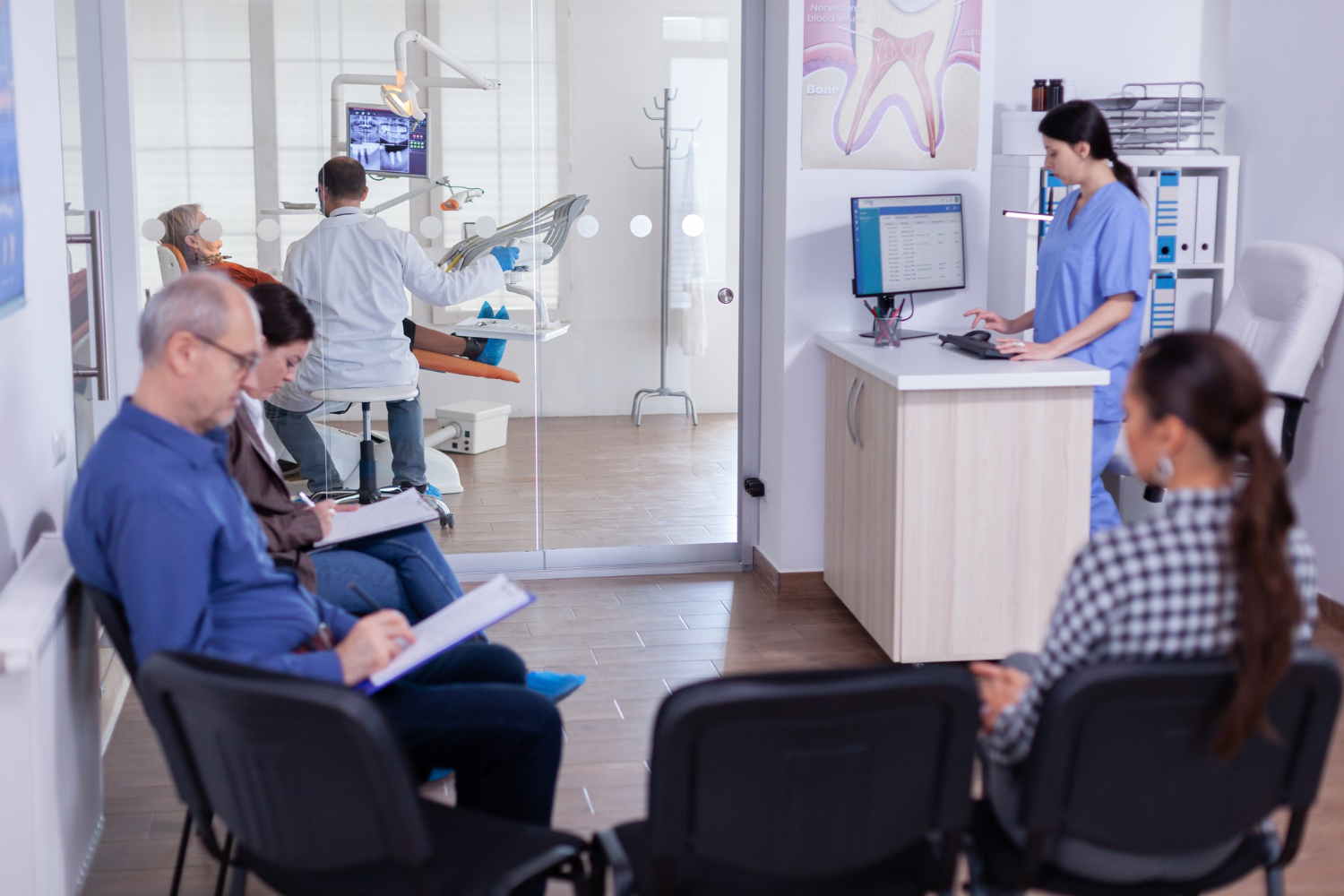Transcranial Magnetic Stimulation (TMS) is gaining attention as an effective treatment for various mental health conditions. TMS clinic offer a powerful option for those struggling with conditions like depression and OCD when traditional treatments aren’t enough. The non-invasive nature of TMS makes it an appealing choice for many patients. With no need for surgery or prolonged hospital stays, individuals can receive care in a comfortable outpatient setting.
As more people seek alternatives to medication, TMS has been researched for its effectiveness in improving symptoms without the side effects often associated with drugs. This therapy uses magnetic fields to stimulate nerve cells in the brain, helping to restore normal brain activity. Many clinics are equipped with trained professionals dedicated to guiding patients through the process, ensuring safety and comfort.
For those interested in exploring TMS therapy, knowing what to expect can ease concerns and set realistic expectations. This introduction serves as a gateway to understanding TMS, its benefits, and the conditions it can help treat.
Key Takeaways
- TMS is a non-invasive treatment for mental health issues.
- It helps improve symptoms of depression and OCD.
- Patients can receive TMS therapy in a comfortable outpatient setting.
Understanding TMS
Transcranial Magnetic Stimulation (TMS) is an innovative treatment used to help people with mental health conditions like depression. It is noninvasive and works by stimulating specific brain areas to promote healing and improve mood. This section explores the science behind TMS, the treatment process, and the different types available.
The Science Behind TMS
TMS uses magnetic fields to influence brain activity. During the procedure, a device placed on the scalp emits magnetic pulses. These pulses target neurons involved in mood regulation. This process can enhance communication between different brain regions, helping to alleviate symptoms of depression.
Research shows that TMS can increase brain activity in areas that usually exhibit reduced function during depression. It is considered a safe treatment, with most side effects being mild and temporary.
TMS Treatment Process
The TMS treatment process typically occurs in a clinic. A trained healthcare professional will start by evaluating the patient’s condition to determine if TMS is appropriate.
Each session lasts about 30 to 40 minutes. Patients remain awake and often sit comfortably during treatment. The device is positioned on the scalp, and the magnetic pulses are delivered to the targeted area.
Most patients undergo TMS five days a week for several weeks. After a series of treatments, patients can often experience improvements in mood and overall mental health.
Types of TMS
There are different types of TMS techniques, with two primary forms being most common:
- Standard TMS: This is the most frequently used method and involves repetitive pulsing to stimulate brain areas over time.
- Deep TMS: This newer technique reaches deeper brain structures for potentially enhanced effects.
Both methods are effective but may suit different types of patients based on their specific symptoms and conditions. Treatment plans are tailored individually, ensuring that the most suitable type is chosen for each patient.
Conditions Treated with TMS
TMS is effective for various mental health conditions. It helps many individuals who do not respond well to traditional therapies. Below are some of the main conditions that TMS can treat.
Depression and TMS
Depression is one of the primary conditions treated with TMS. Studies show that TMS can significantly improve symptoms in those with major depressive disorder.
Treatment involves delivering repeated magnetic pulses to specific areas of the brain that regulate mood. This process stimulates nerve cells, helping to relieve feelings of sadness and hopelessness.
Many patients experience improvement within a few weeks. TMS is especially useful for those who have not found success with medications or therapy alone. The procedure is noninvasive and has fewer side effects compared to antidepressant medications.
Anxiety Disorders and TMS
Anxiety disorders, including generalized anxiety disorder and obsessive-compulsive disorder, can also benefit from TMS. This treatment targets areas of the brain associated with anxiety and stress regulation.
Research indicates that repetitive TMS can help reduce anxiety symptoms. Patients might experience decreased worry, tension, and panic attacks after several sessions.
For those whose anxiety has not improved with other treatments, TMS offers a promising alternative. As a noninvasive option, it poses lower risks, making it suitable for many patients.
Other Conditions and Applications
TMS has been explored for various other conditions. These include post-traumatic stress disorder (PTSD), chronic pain, and migraines.
The FDA has approved TMS for conditions like OCD and migraines, showing its versatility. Research continues on its effectiveness for conditions such as epilepsy and substance abuse treatment.
The use of TMS in these cases is still under study. However, early results suggest that it may help manage symptoms effectively. TMS remains an evolving field, with potential for broader applications in mental health and beyond.
Starting TMS Therapy
Starting TMS therapy involves understanding patient suitability and what to expect during sessions. This approach is important for ensuring effective treatment and a positive experience.
Evaluating Patient Suitability
Before starting TMS therapy, a thorough evaluation of the patient is essential. The healthcare professional will assess the patient’s medical history, current symptoms, and any previous treatments.
Factors to consider include:
- Diagnosis: TMS is commonly used for depression but may also help other conditions.
- Previous Treatments: Patients who haven’t responded well to medications might be good candidates.
- Health Conditions: Certain medical issues, like metal implants in the head, may disqualify a patient.
Assessments often involve interviews and questionnaires. This helps ensure TMS is safe and effective for the individual patient.
What to Expect in a TMS Session
During a TMS session, patients usually sit in a comfortable chair. The treatment area is quiet, allowing them to relax. Each session lasts about 30 to 40 minutes.
Before starting, the technician will place a magnetic coil against the patient’s head. This coil delivers magnetic pulses to targeted brain areas. Patients may feel slight tapping or tingling, but it shouldn’t be painful.
Typical session details include:
- Frequency: Treatments are typically given five times a week over several weeks.
- Routine: Patients can often resume normal activities immediately after a session.
Results can take time. Many patients notice improvements after a few weeks of consistent treatment. Regular monitoring and follow-ups help adjust the plan as needed.
Research and Outcomes
Research on Transcranial Magnetic Stimulation (TMS) shows its growing role in treating mental health conditions. The outcomes vary based on clinical trials and patient experiences, highlighting its potential effectiveness and areas for improvement.
Clinical Trials and Efficacy
Numerous clinical trials have evaluated the efficacy of TMS, particularly for treatment-resistant depression. For instance, a systematic review included 16 randomized controlled trials that tested high-frequency rTMS over the left dorsolateral prefrontal cortex (DLPFC).
- Results Demonstrated:
- Significant improvement in depressive symptoms.
- Patients often reported lasting effects after treatment.
The FDA has approved TMS therapy for major depressive disorder in patients who have failed to respond to standard medications. Typical treatment consists of 20-30 sessions over four to six weeks, showing robust outcomes in various studies.
Patient Testimonials and Reviews
Patient feedback provides valuable insight into the TMS experience. Many individuals report significant changes in their daily lives after treatment. Common themes in testimonials include:
- Mood Improvement: A majority of patients felt a reduction in negative feelings.
- Side Effects: Most individuals noted minimal side effects compared to traditional antidepressants.
Some patients expressed skepticism before starting treatment but found TMS beneficial after experiencing sessions. Sharing these personal accounts helps offer a more rounded view of its effectiveness and reception within the patient community.














